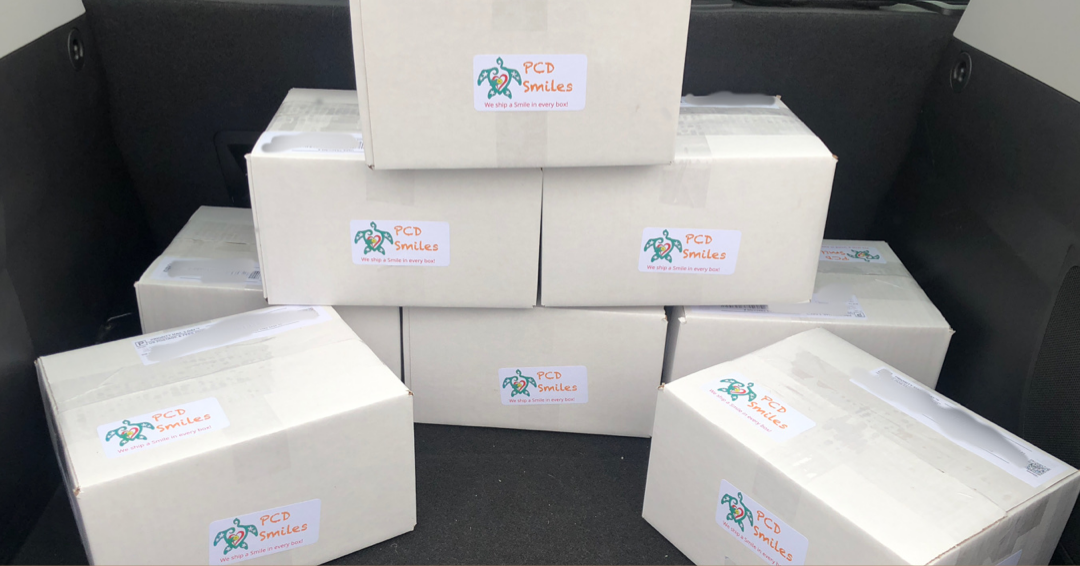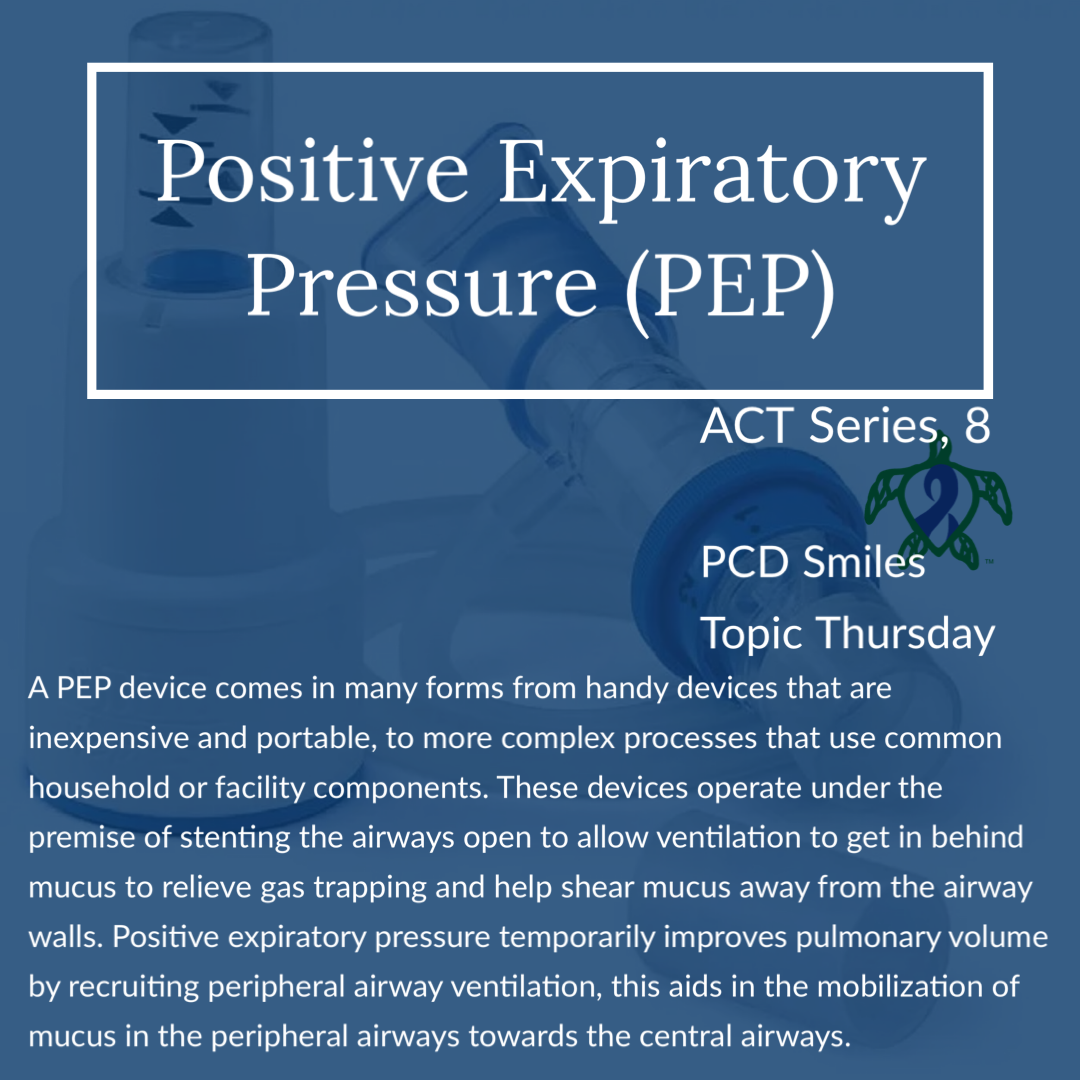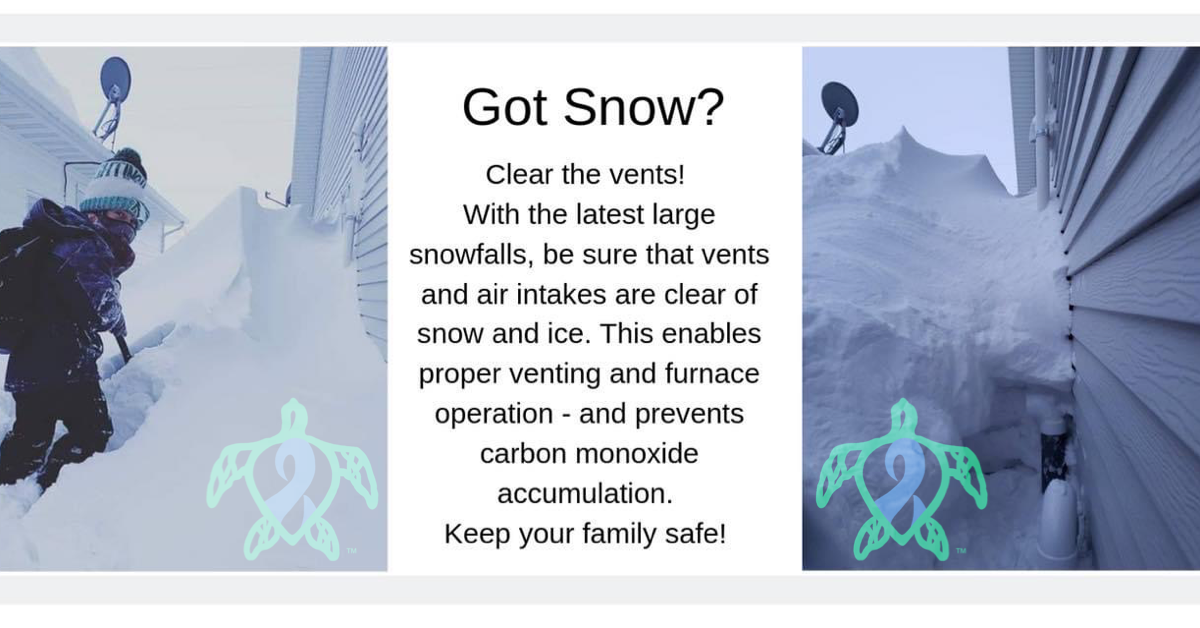As we move into the devices used as airway clearance techniques (ACTs) it is important to understand that as the patient population with mucociliary clearance disorders ages, due to advances in research and treatment of those disorders, it has become apparent that airway clearance techniques that patients could do on their own actually increases treatment compliance. One of the first devices we will talk about are PEP devices, or rather positive expiratory pressure devices. A PEP device comes in many forms from handy devices that are inexpensive and portable, to more complex processes that use common household or facility components. These devices operate under the premise of stenting the airways open to allow ventilation to get in behind mucus to relieve gas trapping and help shear mucus away from the airway walls. Positive expiratory pressure temporarily improves pulmonary volume by recruiting peripheral airway ventilation, this aids in the mobilization of mucus in the peripheral airways towards the central airways.
The frequency and repetitions of PEP treatments will be determined on a case by case basis by the patient’s physician and or licensed respiratory therapist. But, no matter the device the patient must maintain a seal on the mouth piece of the device throughout the entire maneuver of the process. Sealing the mouth around the mouthpiece helps to position the epiglottis in a round open position. The patient inhales normally through the PEP device with normal tidal volume, or rather a normal breath rate. The patient then exhales slowly at a slightly higher force, like done in the huff cough, against the back pressure created by the PEP device taking care not to puff out their cheeks, like a chipmunks cheeks stuffed with nuts. It is extremely important that the patient take three huff coughs after each repetition for PEP therapy to be effective. The patient can hold their cheeks flat with one hand, there by preventing puffing out their cheeks, until they get the expiratory maneuver down, then holding their cheeks is no longer necessary. Alternatively the patient can do active cycle breathing through certain PEP devices instead of the force expiratory breath previously described, though they need to be sure to perform the three huff coughs to clear the airways of mucus. Some PEP devices come with a manometer, to help orient the patient during training on how to use the PEP device. The manometer helps the patient understand what is the right expiratory flow rate for the device, to ensure that they are properly exhaling through the PEP device. This, as with any manometer on any ACT device, should not be used after training because of the risk of reinfecting the patient with mutated airway bacteria, since the manometer part of the device can not be properly cleaned and sterilized to prevent infection spread. PEP manometers should be replaced frequently to prevent reinfection with mutated bacteria. PEP devices can be used in conjunction with other airway clearance techniques depending on what technique it is. PEP devices include bubble PEP, PEP buddy, TheraPEP®, Resistex PEP Mask, and the Pari RC Cornet Mucus Clearing DeviceTM.
PEP devices should never be used while the patient is inverted for any reason. PEP devices should never be shared between patients, even if the devices are cleaned and sterilized between patients. PEP therapy is contraindicated in patients suffering from cognitive deficits, acute nosebleeds, sinusitis, sinus infections, acute or worsening asthma or COPD, in the setting of bronchospasms, pneumothorax, atelectasis, active lung bleeds, increased intercranial pressure, intercranial hypertension, recent cranial or facial trauma or surgery, damage to the esophagus or to the mouth, recent eardrum rupture, recent or suspected middle or inner ear issues, Eustachian tube dysfunction, blocked Eustachian tube(s), nausea, recent brain surgery, highly deconditioned patients, patients diagnosed with tuberculosis, right sided heart failure, and those patients unable to tolerate the increased work of breathing. These contraindications highlight why PEP therapy may not always be safe in the setting of a primary ciliary dyskinesia diagnosis or exacerbation. Care should always be taken care to ensure that the type of airway clearance technique used at any given moment is safe and appropriate for the patient’s current overall medical picture. This is why routine visits with your clinic’s licensed respiratory therapist or contracted licensed respiratory therapy provider is essential to safely doing life with PCD.
While airway clearance techniques are widely used throughout the world; the physiological mechanisms and consequences of airway clearance techniques are mostly misunderstood in the context of the diseases that they are prescribed for. What is understood is that airway clearance techniques are intended to remove mucus from the peripheral airways to the central airways where the mucus can be expectorated or rather coughed out by the patient. This process of moving the mucus along the airways to be expectorated can last for several minutes after the treatment or rather ACT session has ended. Patients can expect to have increased voluntary and involuntary airway clearance, sometimes for several hours after the ACT session has ended. ACTs provide temporary increase in mucociliary clearance, which is why multiple ACT sessions are needed daily to be effective at helping maintain pulmonary hygiene or rather effective airway clearance. We hope that you join us next week for part nine of our series on airway clearance techniques.
Be sure to join us next week for another Topic Thursday.
Join our Facebook group Turtle Talk Café today, click here.
We have several ways that you can donate to PCD Smiles;
- Visit Smile E. Turtle's Amazon Wishlist
- For more information on how you can donate, please visit our "Donation" page to check out our "Do & Don't policies.
- Or sponsor a PCD Smiles cheer package today!
- To shop for your “Official” turtle care ribbon gear today, visit PCD Style or Smile E. Cove
Thank you for your consideration!
***Please speak to your respiratory therapist or your PCD medical team before commencing any new treatment. DO NOT start using a device, or technique, on this website if you have not discussed this with your PCD team first.***














